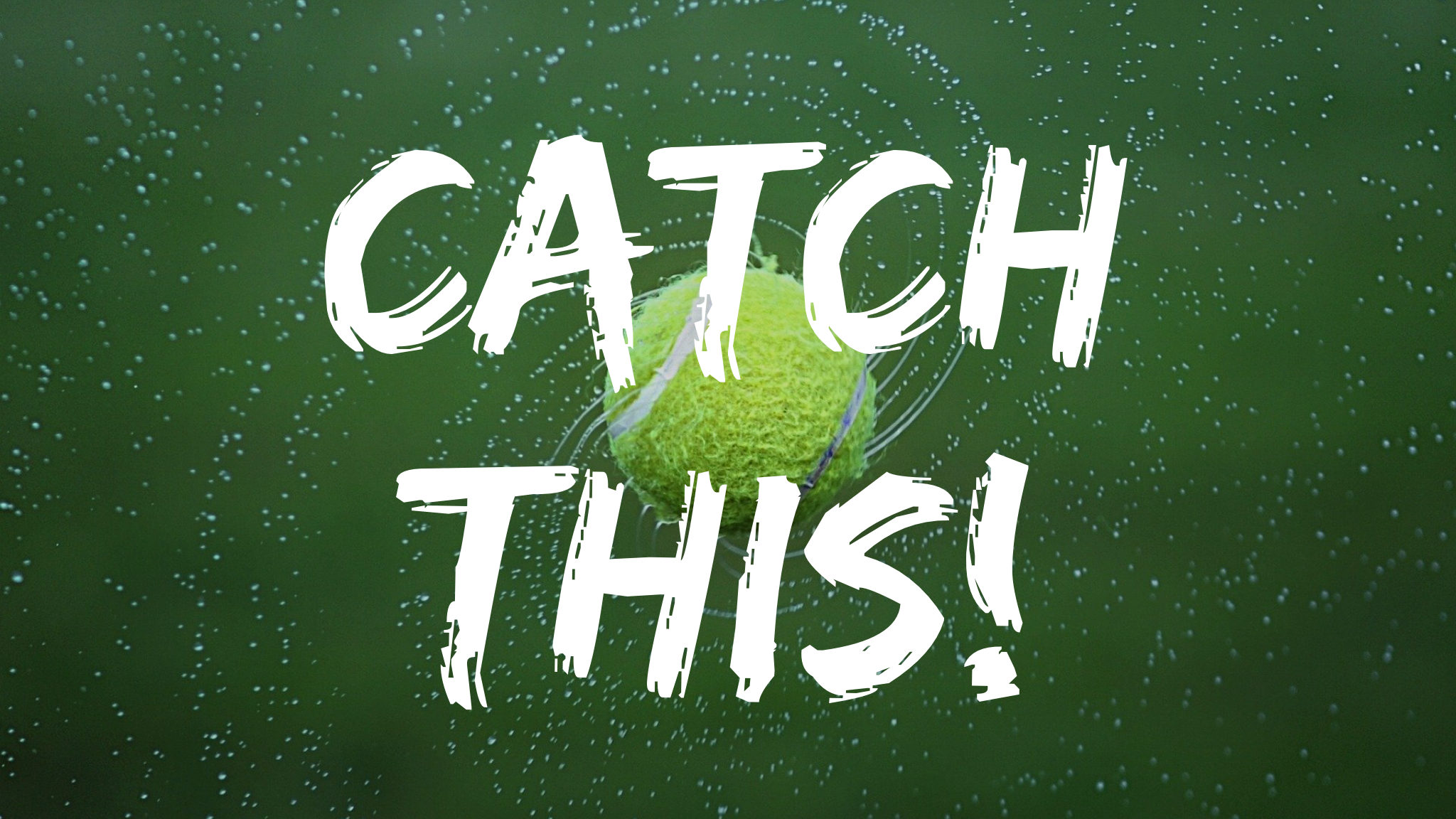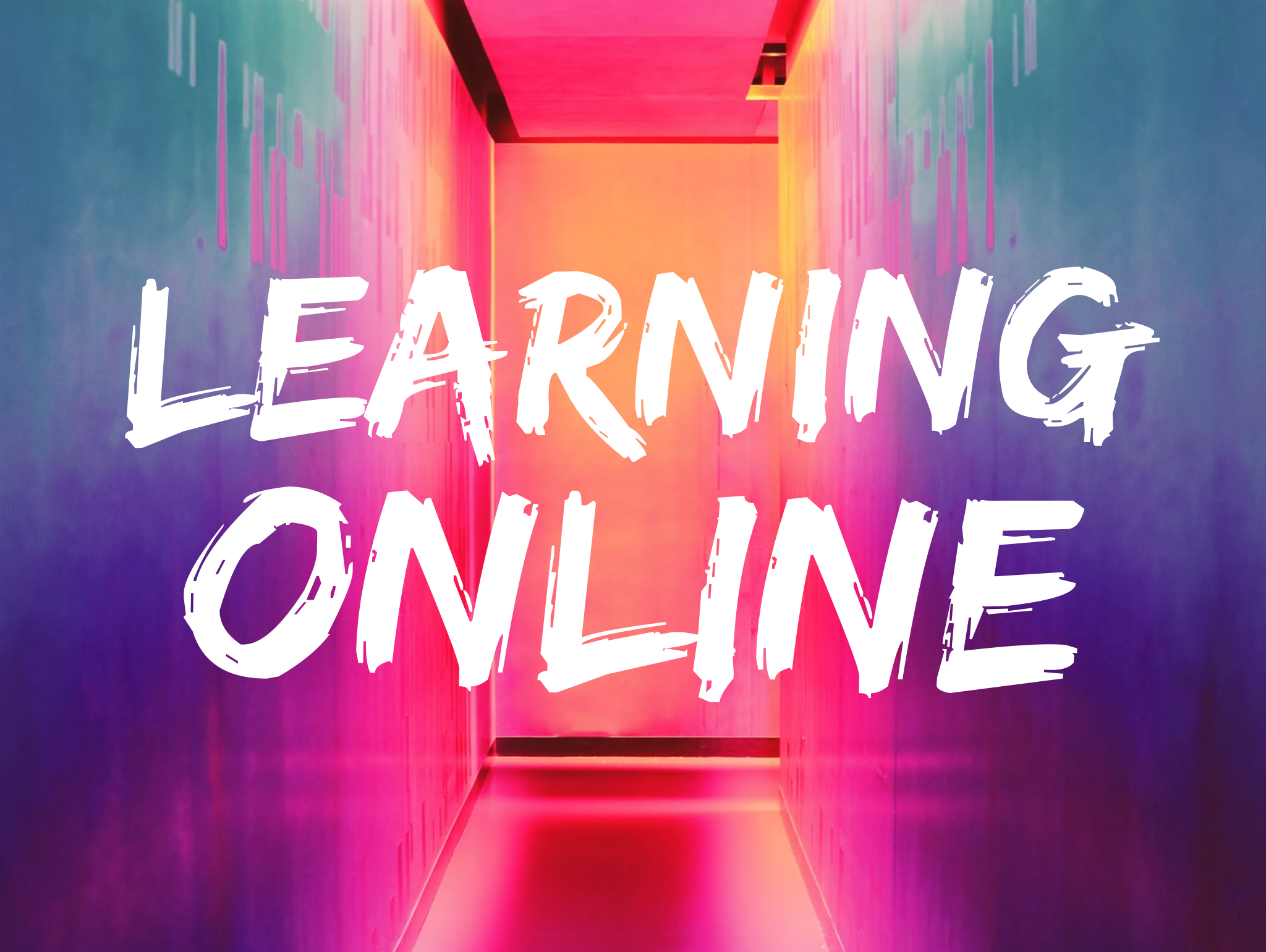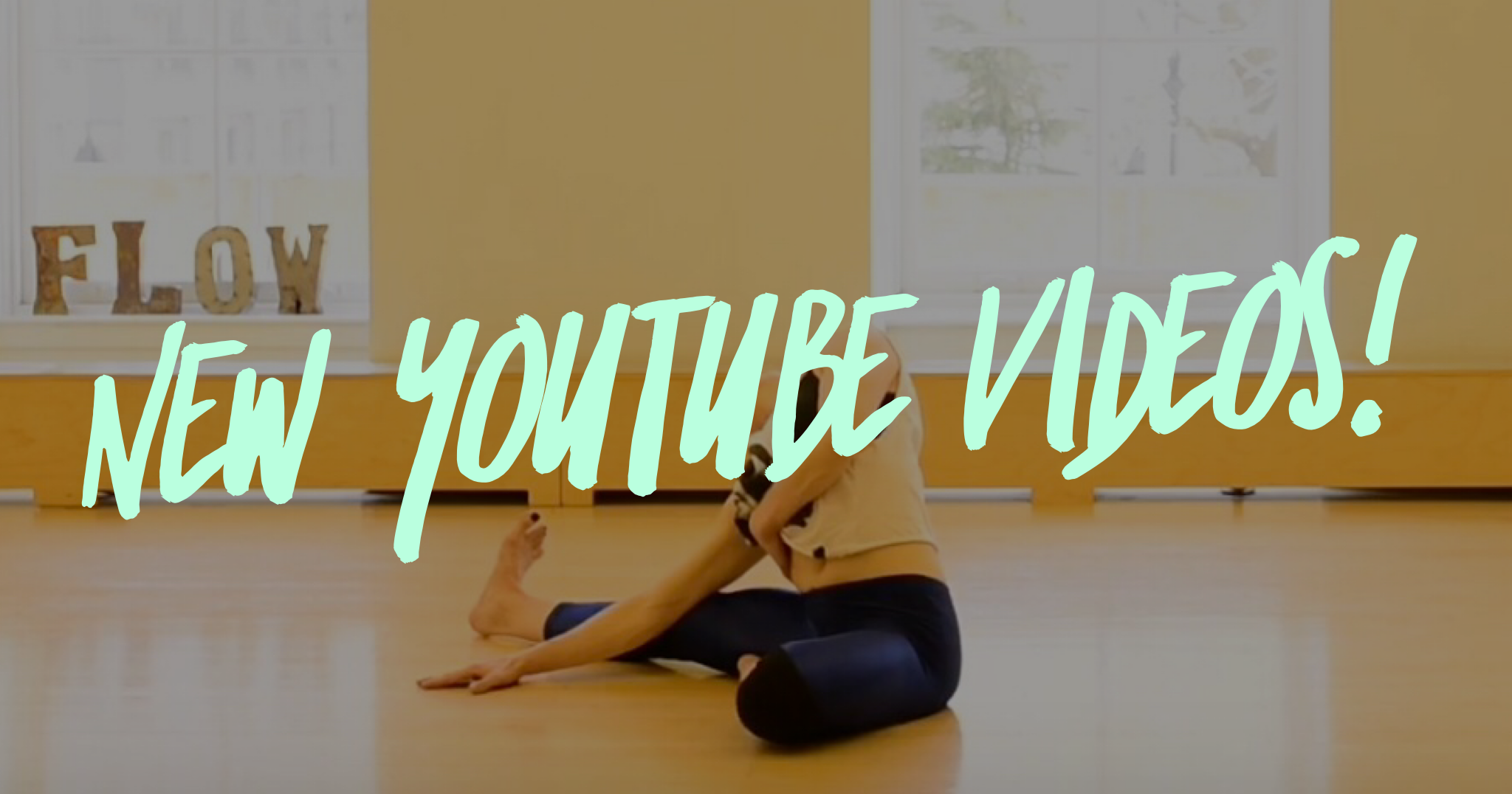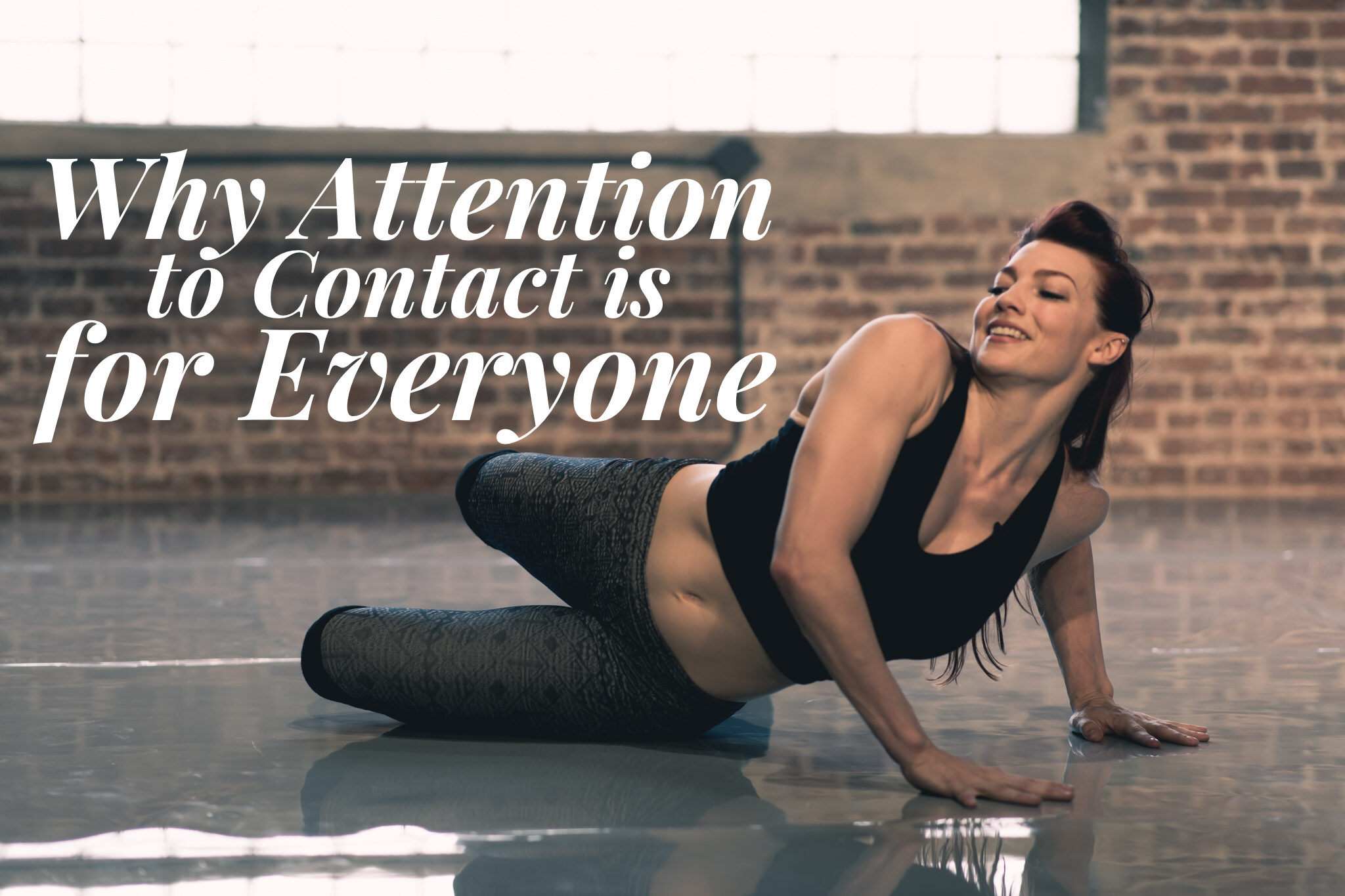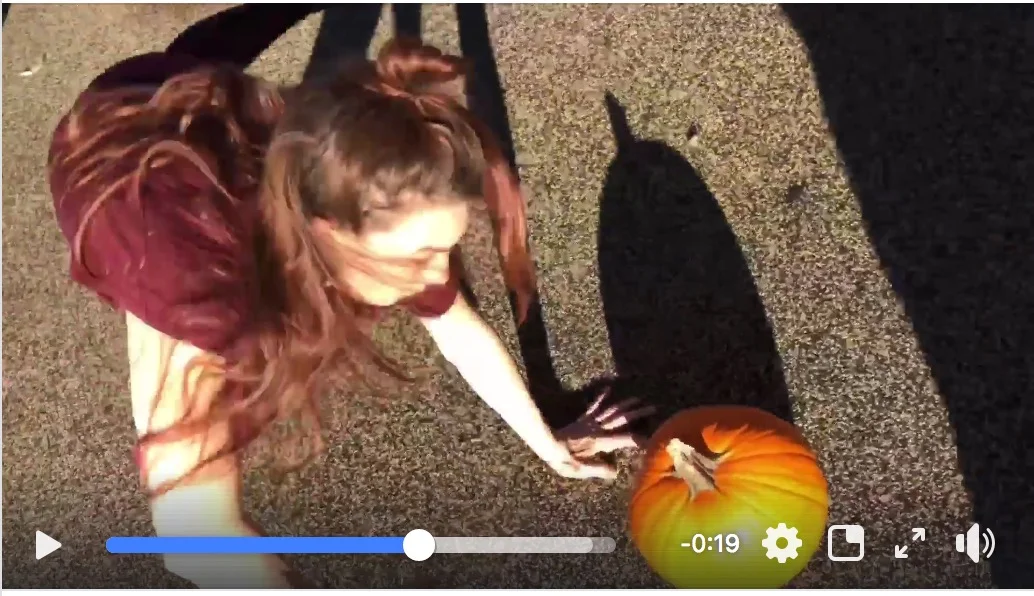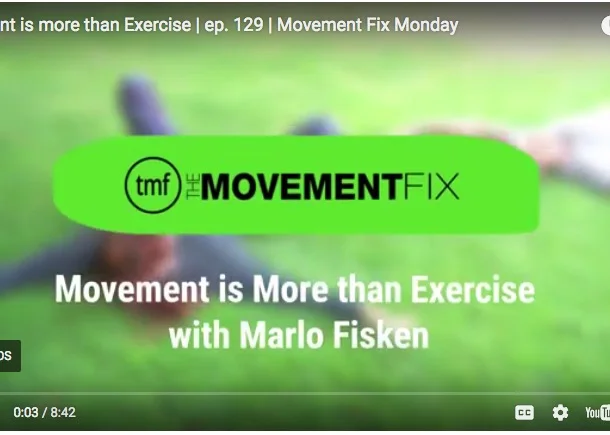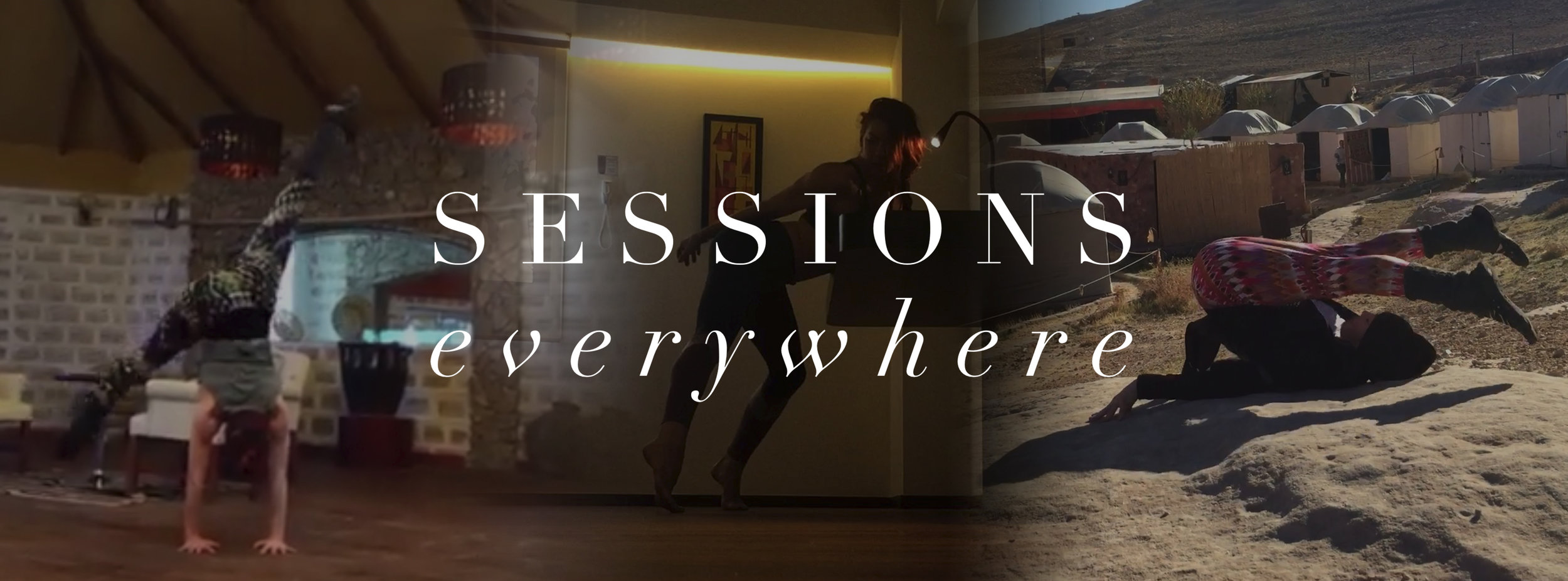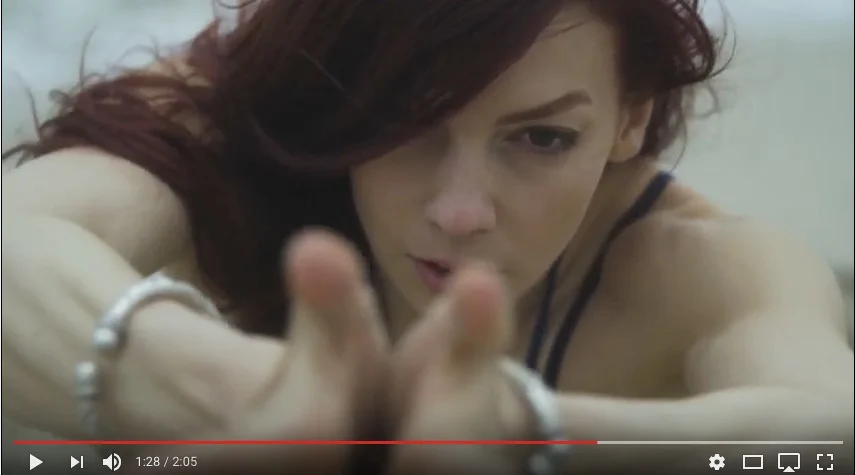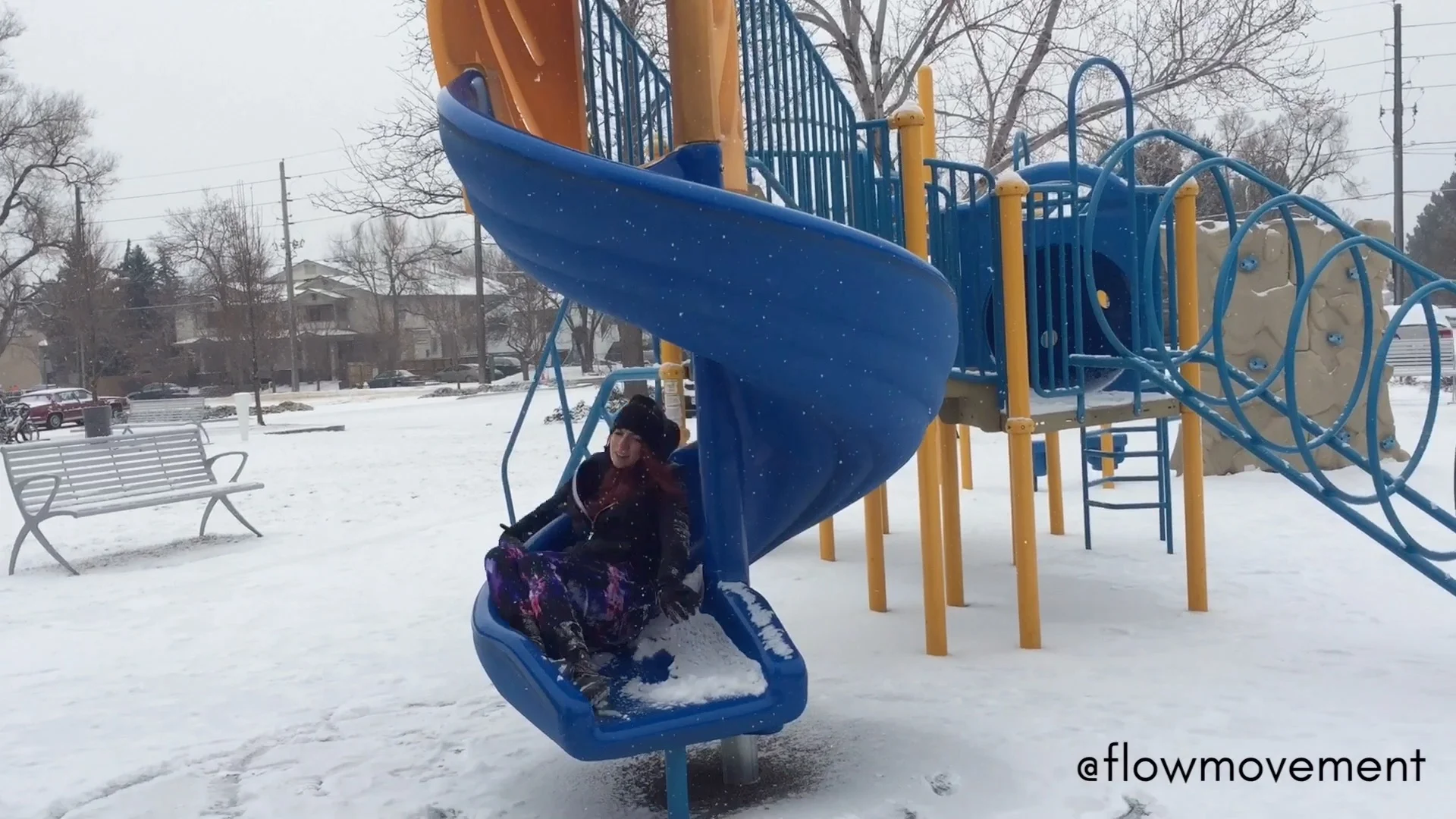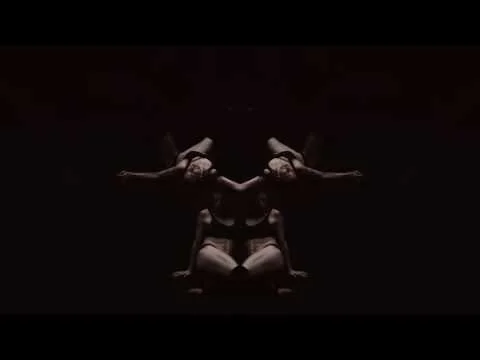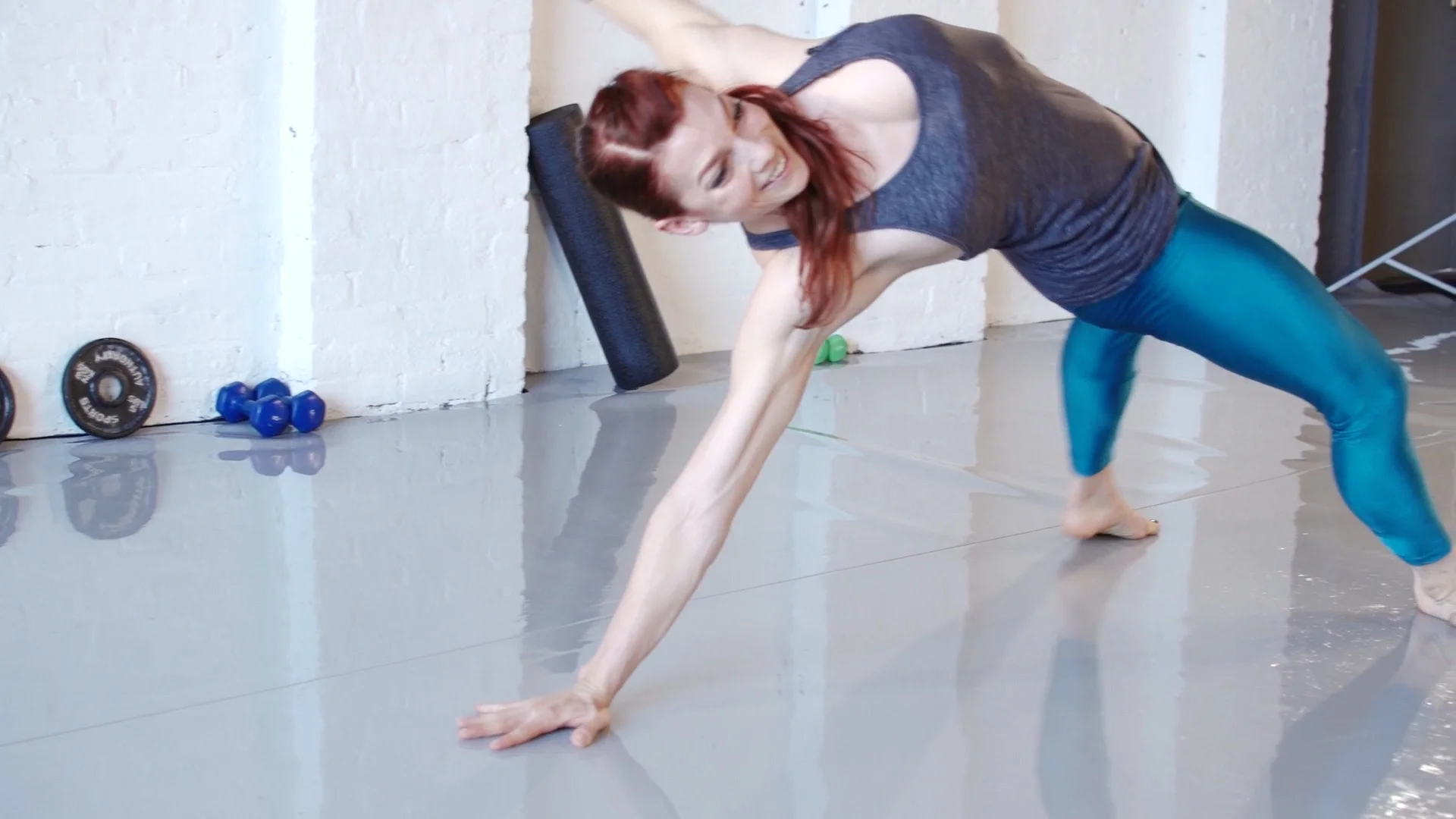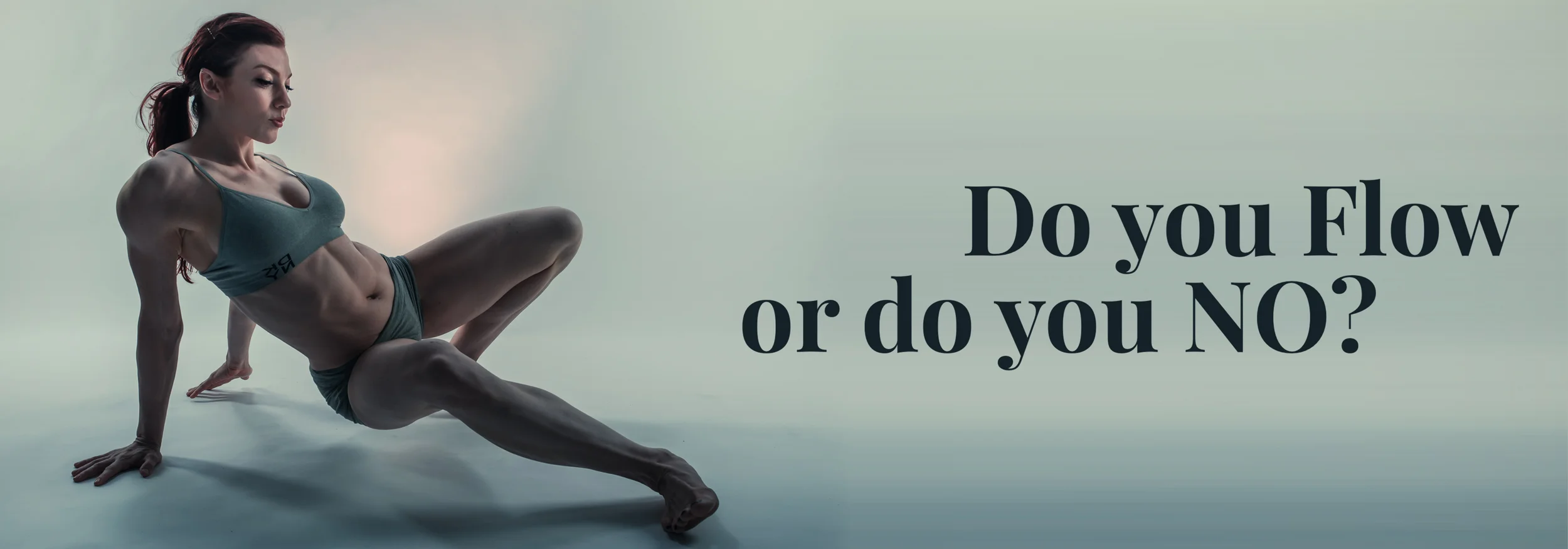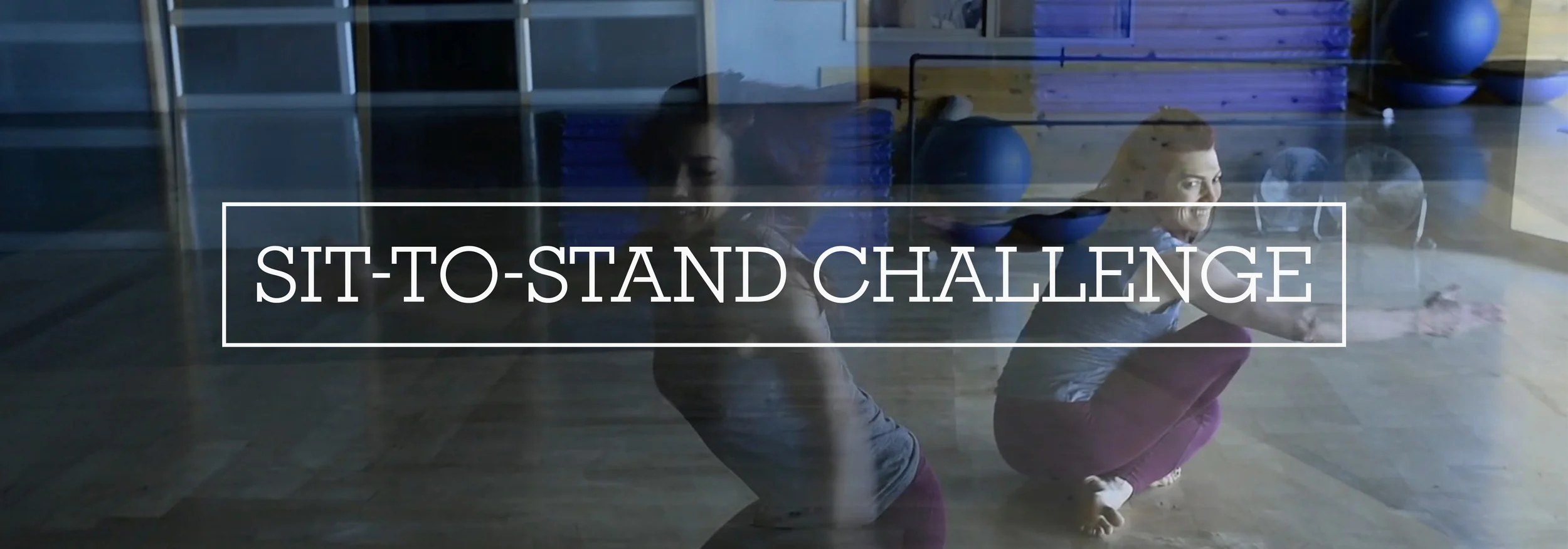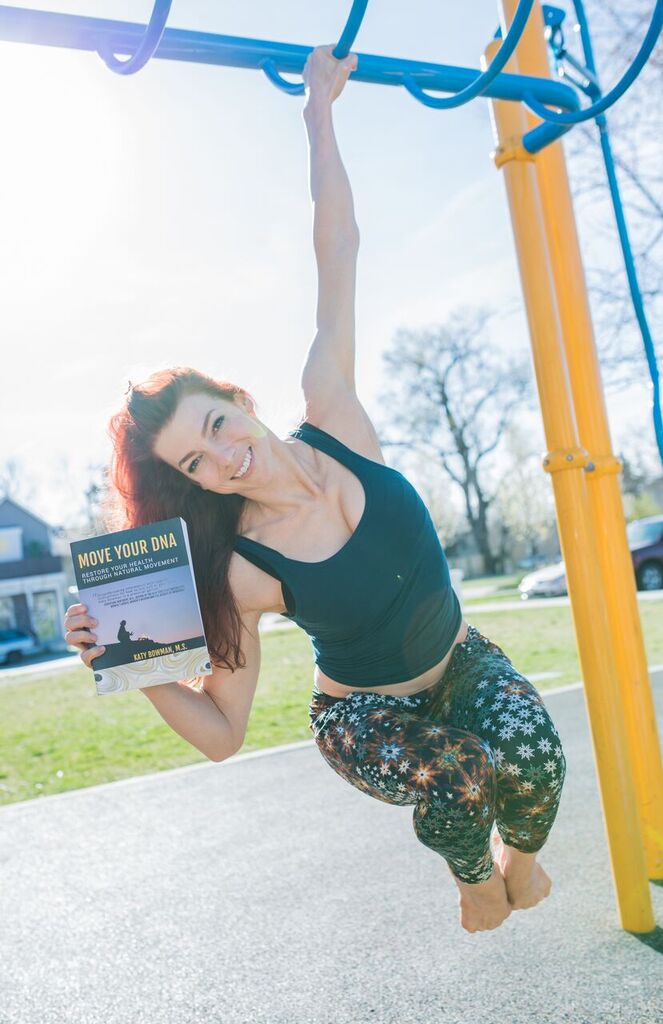
When’s the last time you took a long walk without carrying anything?
We’re almost always heading somewhere (close by), with something (bags, phones, beverages).
My suggestion, for hearty dose of self-love is…. go on a GAIT DATE!
What’s a gait date? It’s a walk where you focus on HOW you’re walking. It can be done alone, or with a buddy/lover.
Your stride, like your breath, is something you’re able to do mindlessly. But it can be consciously monitored, refined or altered to improve your well-being. IMO, we should work on our most basic, life sustaining movements and functions before we play with the fancy stuff.
How does it go down?
Carry nothing except the absolute essentials. When you carry things, especially anything asymmetrical (that includes jewelry, phone or a wallet), it changes the way you walk. Even a small amount of weight in your pocket, or on your hand, can change how you move. If you can’t bear the idea of being unprepared for an emergency (or a compulsion to buy something), bring a debit card. You can survive 30 minutes without a phone. Without the distraction, you might just pay attention to other things… like your surroundings, and your body. Obviously if you are taking this date up a mountain and doing it for hours, bring some water.
Wear something on your feet that allows your feet to be...feet. That means, flat, minimal, not restrictive, and not floppy. For a list of what to wear check out this list from the walking goddess herself: Katy Bowman. She has volumes upon volumes of information on this subject and I HIGHLY suggest indulging in it.
Plan to walk a minimum of 20 minutes. It doesn’t take long to notice how you’re moving, but it takes a while for the kinks to work themselves out. At first, you’ll walk with the remnants of all the other things you’ve been doing. Our habitual postures and patterns reveal themselves as tightness, instability and asymmetries. About 10 minutes into your walk, your tissues become more resilient and your joint motion improves. Your stride will be more open and your breath quality will improve.
Observe and gradually refine how you are moving forwards. Are your toes mostly facing forwards? (They should). Is the timing of your steps even? Are your pushing the ground behind you? Or are your walking from your knees and marching? Is your spine reflexively twisting? Or are you just pumping your arms with no twist? I know this sounds like a lot to think about, but I'm not asking you to think. Just NOTICE. Gait is a complex chain of events. However, because it’s so low effort, and repetitious, you can notice your habits.
Note that walking on uneven, natural(not paved) surfaces is extremely beneficial, but it is harder to notice asymmetries in your movement. If at all possible, walk on both flat and natural surfaces; feel for the difference.
Gait analysis is a complex thing, but even if you know nothing, you can pay attention. To make changes, just focus on what is happening and make micro-adjustments towards more efficient movement. A change in one place effects the whoooooole system. If you’re open to having someone walk behind you, they can tell you if they notice any asymmetries. I suggest choosing someone who won’t only stare at your butt; they need to look at the whole picture.
To learn more about walking I recommend these books: Move your DNA & Born to Walk.
See ya outside!
